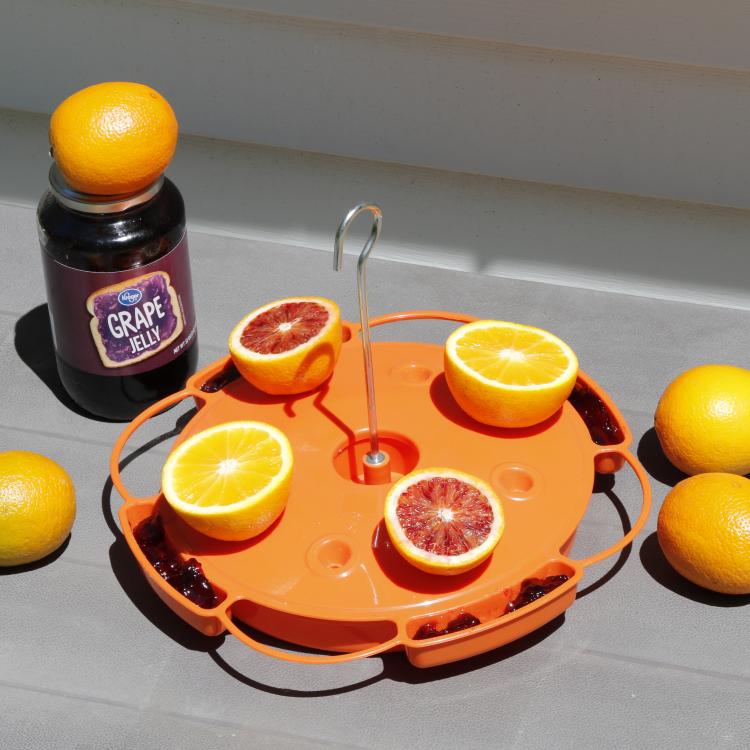Great horned owls are known to decapitate their prey.
Kathleen MacMurray, Hancock-Wood Electric Cooperative
Q. Hi Chip: I live on County Road 220 next to the Hancock-Wood substation north of Van Buren, Ohio, and read your very interesting outdoor articles in Ohio Cooperative Living magazine. Perhaps you can solve a riddle for me: I had six very nice laying hens in a fenced yard, and one warm summer afternoon when I went out to refresh their drinking water, all six were lying dead, decapitated, with no signs of any predator around. I wondered, could it have been a fox, hawk, owl, or a mink that killed them?
A. Kathleen: Since the incident happened during the day, I’m guessing your hens were killed by a hawk, probably a Cooper’s hawk, which are very aggressive. I’m curious to know if the heads of the hens were eaten by the predator — whatever it was — or were the heads lying with the decapitated bodies?
Q. Their heads were not with the carcasses.
A. For a second opinion, then, I referred your question to an accomplished naturalist friend of mine, Guy Denny, and here’s what he had to say:
“Very interesting situation. My experience is that Cooper’s hawks don’t typically decapitate their victims, even though they kill by sinking their talons into the skull. After killing their prey, they quickly go to work pulling feathers off the chest and eating the breast meat. On the other hand, great horned owls are known to decapitate prey and then fly off with only one bird, leaving several others behind with no heads. From reading Kathleen’s description of the incident, I would more likely suspect it was the work of a great horned owl rather than a Cooper’s hawk.”
That said, whatever avian predator actually killed your chickens is a bit of a conundrum. Owls are not usually active during the day, but possibly it was a young great horned owl whooo was learning to hunt, suffering from insomnia, and just couldn’t pass up your invitation for an easy meal. I don’t mean to make light of you losing your hens, Kathleen, but just trying to brighten your day a bit and possibly bring a chuckle.
Rhonda Pees, Mid-Ohio Energy Cooperative
Q. We’ve had the privilege of hosting orioles the last several springs at our bird feeders. They arrived even without us having a specific feeder for them. So, we tried to offer grape jelly and oranges to keep them around. A raccoon, we assume, soon found and broke the feeder, then absconded with the oranges we had nailed to the platform. What type of feeders do you recommend that will actually feed orioles?
A. Hi, Rhonda: Congrats on attracting orioles! It’s not necessarily easy to do. I’ve attached a photo of one of the commercial oriole feeders I use. They not only incorporate features for holding grape jelly and attaching oranges, but they also have an internal reservoir that can be filled with sugar water to attract hummingbirds.
To keep raccoons away from my oriole feeders, I hang them from a wrought iron shepherd’s crook that can be purchased from most any garden store. After pushing the pointed end of the crook into the ground a foot or so, make sure to grease the straight part of the crook, which will prevent raccoons from climbing it.









